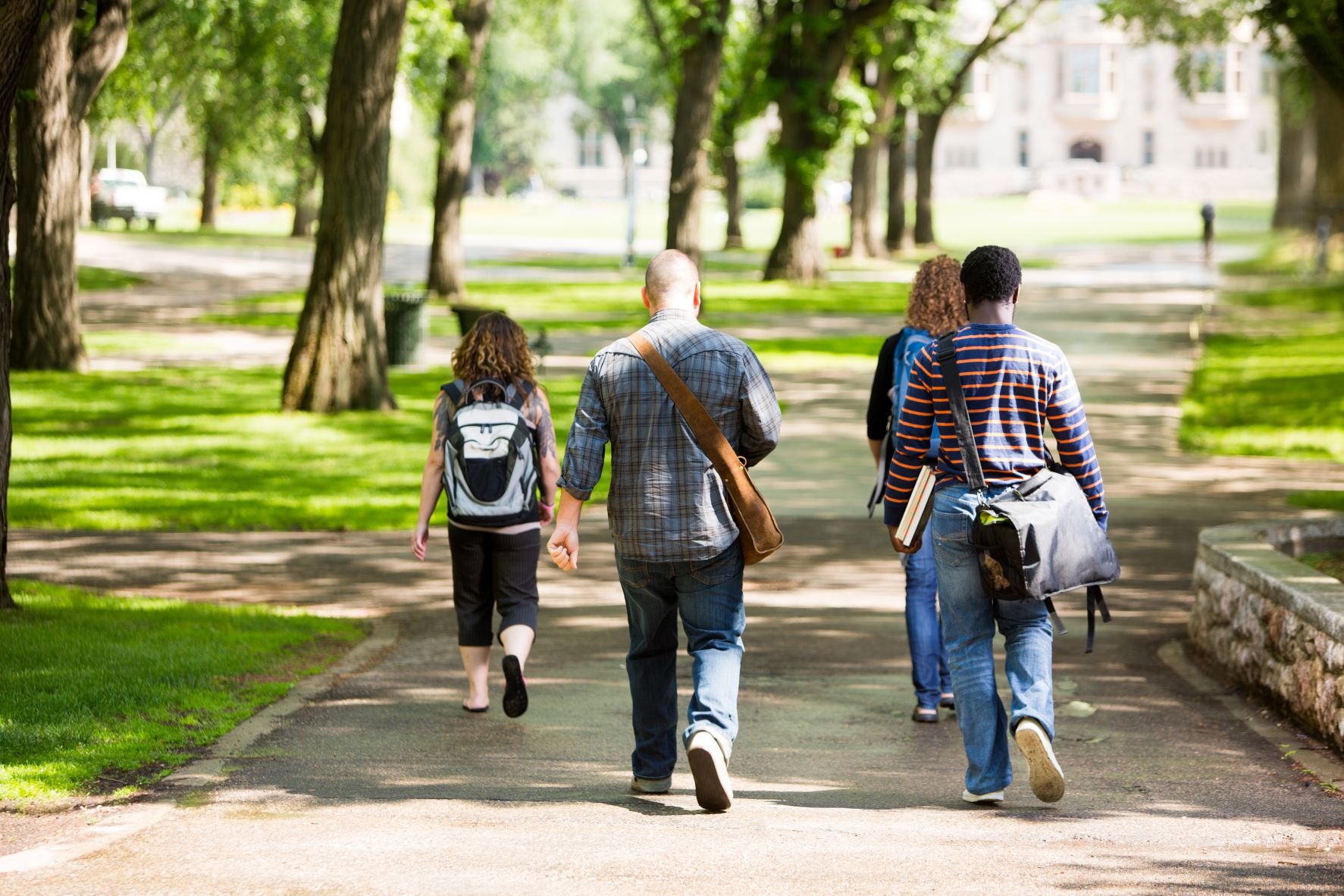Staying Ahead of Campus Security Threats

Unlocking a New Dimension of Campus Security
Colleges and universities are unique ecosystems of classrooms, dormitories, and sports stadiums, retail shops, restaurants, and student organization buildings. Ensuring student, faculty, and staff safety is of the utmost importance but is no easy task because of the expansive and diverse nature of educational campuses. Colleges and universities are linking their success and growth to their ability to provide safe environments and enhanced campus experiences for everyone.
One of the ways colleges and universities can effect change is by investing in comprehensive security systems. Robust surveillance systems are a pillar of the security technology stack but adding sophisticated video analysis capabilities can elevate the existing security infrastructure. With video analysis, colleges and universities can tap into searchable, actionable, and quantifiable video data to unlock a new dimension of situational awareness and intelligence for safer campus experiences.
Increasing Awareness
Understanding should always be the predecessor to change, and video analytics software can help bring that understanding through situational awareness. Most campuses have hundreds of cameras that are constantly recording video data. This video content is critical information in the hands of the right stakeholders. However, because of the sheer magnitude of the data, and because video review is time intensive and error prone, it is often overlooked or underutilized as a data source for security and business intelligence. Instead, it is used selectively for sourcing evidence when time and manpower are available for manual review.
With video analytics software, video can be processed for rapid review and scene understanding by extracting, classifying, and indexing video data, so it can be searched, alerted on, and visualized for trend analysis.
On campus, for example, security personnel might leverage video analytics to establish normal behavior patterns in a variety of buildings, facilities, and dormitories – as well as the outdoor areas between them – to more swiftly and efficiently identify atypical behavior. By improving scene understanding with accelerated video review and aggregating video data to evaluate long-term trends, campuses can better understand behavioral trends and proactively set up alerts to draw attention to abnormal behavior. This deeper understanding provides the knowledge necessary to take proactive action for campus safety.
Another practical application is responding to illumination changes., If a light turns on in a classroom when activity is unexpected, pre-defined rules can alert the surveillance operator, who can quickly assess the situation and decide how to respond. In the case of suspected theft or vandalism, a security guard can be dispatched to intervene. Real-time, rule-based alerting increases situational awareness and empowers proactive response to situational changes in the environment as they unfold.
Enhancing Intelligence
In dynamic, complex environments, such as educational campuses, the ability to attain immediate awareness is key to responding quickly in the moment. However, aggregating video data and increasing awareness of long-term patterns and trends can be beneficial, as well. Campuses frequently host large-scale events like conventions, conferences, and sporting events. Collecting and visualizing data over time empowers security officials to prepare for peak traffic times and problem hotspots with appropriate staffing and signage.
Heatmaps and footfall reports illustrating traffic trends can also empower impactful decision making, enabling security and operations personnel to mitigate bottlenecks and crowding that could pose security threats and tarnish the visitor experience. While security could benefit from real-time notifications about a crowd or traffic jam forming, it is equally important for the campus to understand the traffic patterns and drivers so the root cause can be prevented.
Beyond mitigating challenges in real-time and over time, colleges and universities can also leverage video intelligence proactively. Campuses are always growing and expanding, and data intelligence not only factors into the planning and execution processes, but also minimizes impact on the campus experience during the project. Campus planning committees can evaluate the data gleaned by video analytics about vehicle and human navigation trends to inform sidewalk and road planning for large-scale construction or expansion projects. Quantifiable intelligence about how facilities and roads are used creates valuable, actionable intelligence for planning additional infrastructure and preventing traffic violations. With comprehensive data about vehicle dwelling, common paths, and average vehicle speeds, planners can resolve issues with actionable intelligence: whether it’s a matter of increasing enforcement or updating existing traffic infrastructure.
Accelerate Investigations
When security threats can’t be prevented or avoided through a data-driven approach, campuses can benefit from investigative video analysis. University and college campuses navigate the threats of property damage and theft on a regular basis. Surveillance is key to bringing swift resolutions to these cases. Using video analytics software enables investigators to conduct granular, filtered searches of video to pinpoint objects of interest and better understand an incident. For example, if campus security is investigating violence at a protest, they can focus their video review on the video sources, locations, and suspect descriptions based on witness testimony or information understood from video evidence. Additionally, the same feature can be applied to theft investigations from campus retail locations or food vendors. Ultimately, accelerated investigation capabilities can help campus businesses make processes improvements and be proactive about loss prevention.
Sometimes, investigations must happen in real-time, such as a missing persons case. Fortunately, video analytics software makes it possible to quickly review video – and trigger alerts – based on known details about the missing person, such as where they were last seen and what they were wearing. Through forensic review and dynamic alerting, campus security can understand the circumstances of the disappearance, track the person, trigger alerts when he or she is detected, and recover the individual.
Closed circuit video cameras enable security staff to monitor situations in real-time or review video footage after an incident. By pairing this video surveillance infrastructure with video content analytics software, universities and colleges can derive valuable data from their video to solve and prevent crimes, preserve and protect campus safety, and maintain a pleasant experience for students, visitors, and staff.
Signup to receive a monthly blog digest.